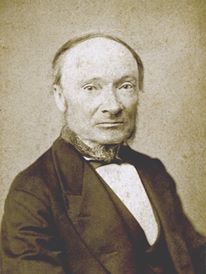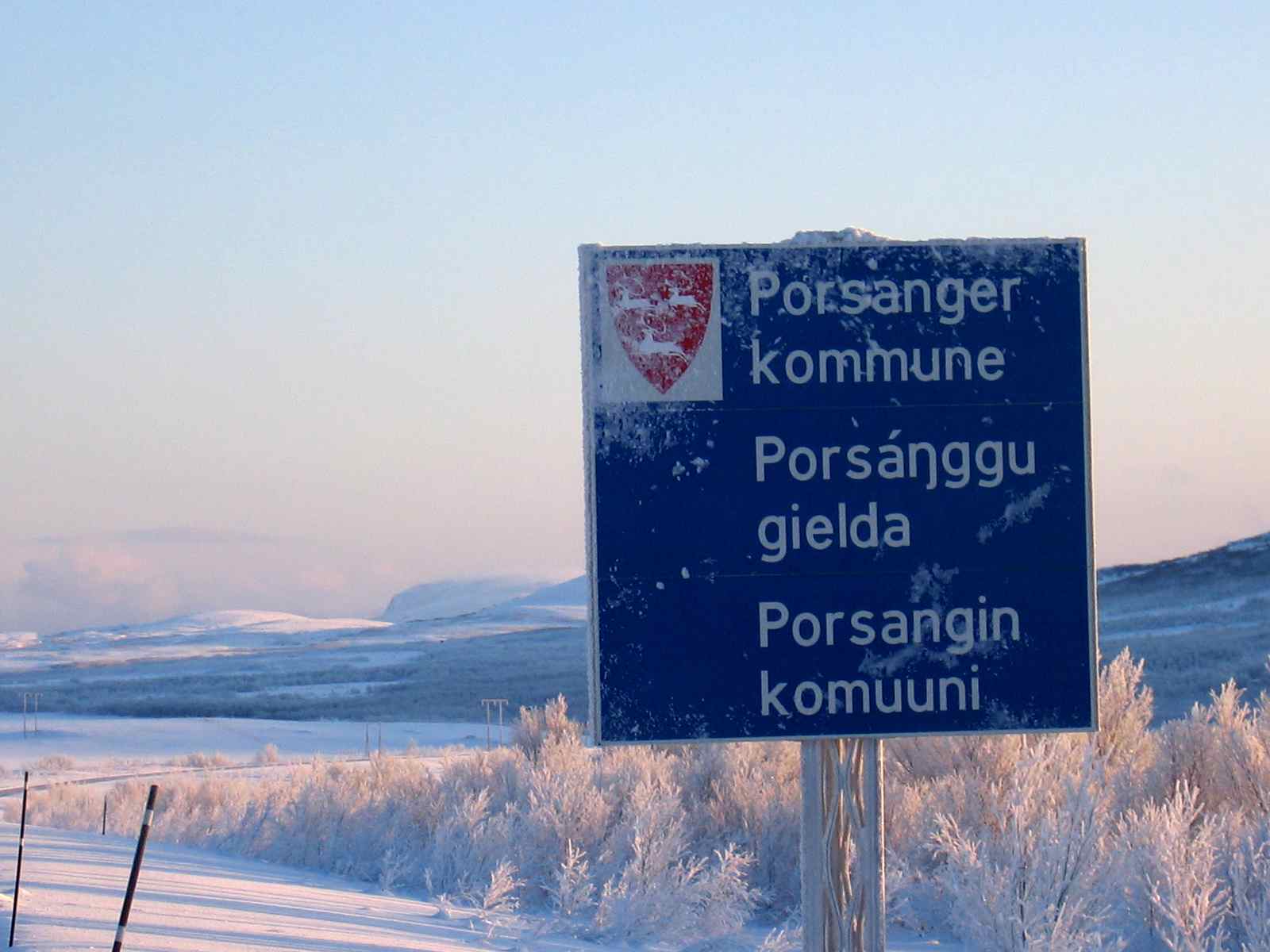 |
| Det Norske Teatret (The Norwegian Theatre) |
Why don't we all speak the same? Why do some societies manage well with several languages whereas others do not? Why are regional languages promoted in some areas and why are minority languages suppressed in others? How is cognitive development in children affected by growing up with two rather than just one language – or with two dialects rather than just one? Do language issues affect the health of a population? Does language diversity constitute a security challenge in certain circumstances? Is the ability to understand closely related linguistic varieties desirable, and if so, should it be promoted through political measures?
Assets and challenges
The Tromsø conference will be one of the main events during the Norwegian national Language Year 2013 (‘Språkåret 2013’), which celebrates both the 200th anniversary of the Norwegian linguist and poet Ivar Aasen and the 100th anniversary of Det Norske Teatret (‘The Norwegian Theatre’).
In the 19th century Aasen founded a new written language based on Norwegian dialects as an alternative to Danish, which was the official language in Norway at the time. Today, 150 years later, Norway has two official written languages which may both justly be called "Norwegian": the Neo-Norwegian language first codified by Aasen (‘Nynorsk’) and Dano-Norwegian, which is the result of gradual norwegianisation of Danish (‘Bokmål’). Neo-Norwegian is clearly the minority variety, used by some 10-15% of the population, with its strongholds in certain regions of the country.
The Norwegian language situation
 |
| Ivar Aasen (1813-1896) in 1871. Photo: C. C. Wischmann. |
Many of the classical sociolinguistic and political issues concerning minority and regional languages apply also to the Norwegian language situation. There is a lot of tension. However, there are also interesting and hitherto unexplored questions as to whether the Nynorsk~Bokmål pair qualifies for ‘bilingualism’ and whether some of the advantages and disadvantages of bilingualism apply also to individuals who achieve mastery of the two varieties (which by and large is the practical outcome for any kid who is brought up with Nynorsk).
Furthermore, Norway has a variety of minority languages, both indigenous, historical, and recent ones, and Northern Norway is characterized by a long history of multilingualism and language shifts as well as current strong efforts to revitalize the historical minority languages of the region. The three Sámi languages spoken in Norway – North, Lule and South Sámi – are recognized as indigenous languages, and Kven – spoken by immigrants from Finland to Northern Norway from the 17th century and onwards – enjoys status as an official minority language.
All of these languages are considered either threatened or seriously threatened by UNESCO. Current estimates suggest that North Sámi has some 21 000 native speakers across Norway, Sweden, and Finland, that Lule Sámi has about 1000 native speakers in Norway and Sweden, that South Sámi has about 500 native speakers in Norway and Sweden, whereas the number of Kven/Finnish speakers in Northern Norway may be around 3000. In contrast to these figures, a recent estimate suggests that about 700 000 of the 5 million living Norwegians have grown up with Neo-Norwegian as their primary variety of Norwegian.
The Sámi and Kven languages
 |
| Trilingual signpost in the municipality of Porsanger: Norwegian, Sámi and Kven languages. |
The Sámi and Kven languages represent an important part of the immaterial cultural heritage of Northern Norway. The efforts to maintain and revitalize these languages however meet many challenges of different sorts, ranging from official policy to attitudes in the population. In 2011 Tromsø experienced a fierce controversy on the issue whether the municipality should seek inclusion in the Sámi language management area, which would increase among other things the rights to use Sámi in official in official contexts and otherwise also increase the visibility of North Sámi.
The setting in time and space of the Tromsø conference is therefore ideal to highlight different kinds of language diversity: the language diversity internal to a language society such as the Norwegian one with two different codified varieties, the language diversity represented by minority languages, and language diversity in the sense of bi- and multilingualism in the individual and in groups of individuals.
Tromsø as location
The University of Tromsø is also an ideal location for the conference in terms of the linguistic research it hosts on a daily basis. The Center for Sámi Language Technology (‘Giellatekno’) works towards developing language technology for small and indigenous languages both in terms of computational tools and educational material and software. The research group on Language and Society carries out research on language contact, language shift, and language attitudes within and towards the minority languages in Northern Fenno-Scandinavia (including the Kola Peninsula). The Language Acquisition group focus on bilingual first language acquisition and also hosts the Norwegian branch of the public service Bilingualism Matters. The University of Tromsø has furthermore over the last decade hosted the Center for Advanced Study in Theoretical Linguistics which has included a comprehensive project exploring the grammatical variation of the North Germanic language area.
